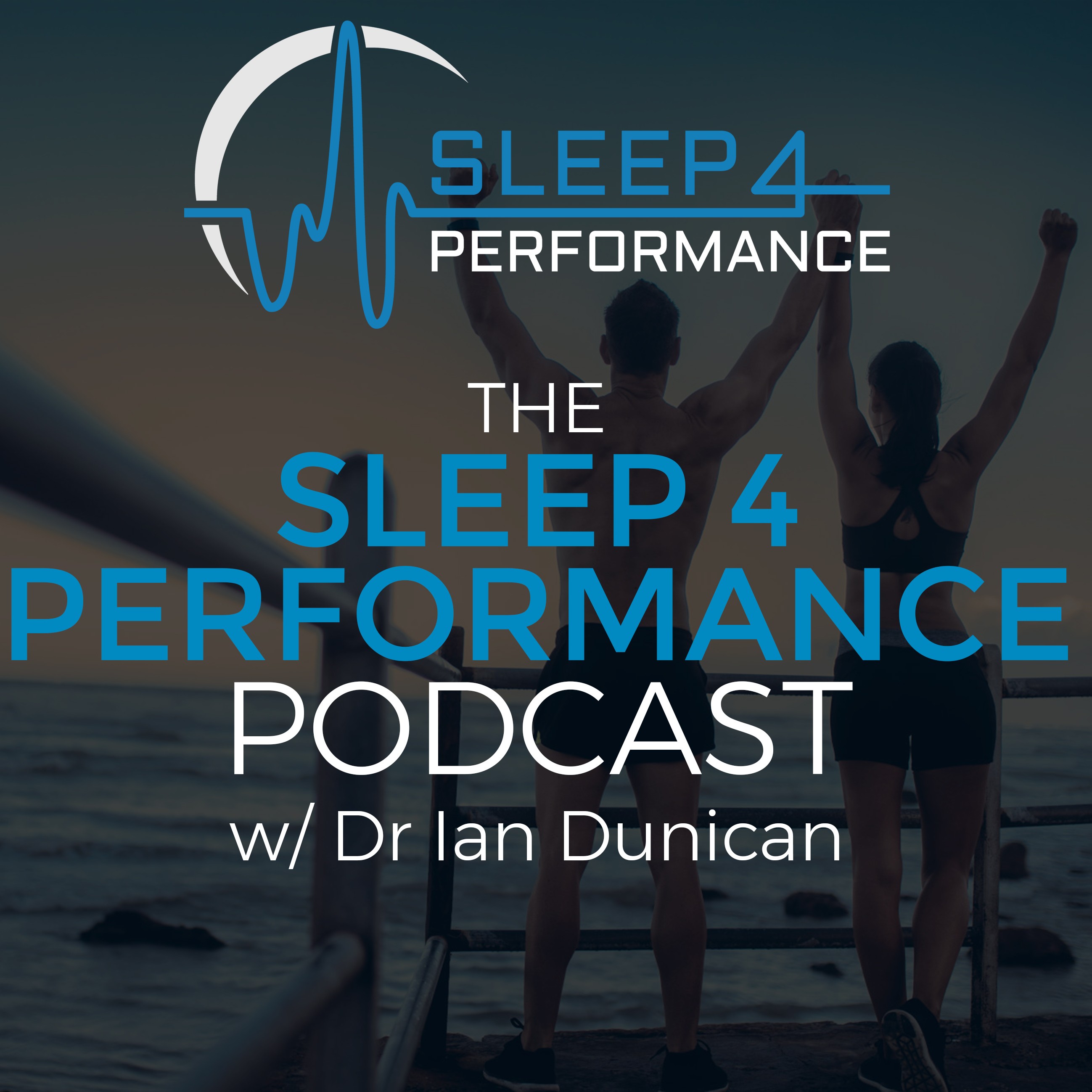Episodes

Friday Oct 19, 2018
Friday Oct 19, 2018
In this weeks episode we review a paper I had published earlier this year.
Laboratory and home comparison of wrist-activity monitors and polysomnography in middle-aged adults.
https://link.springer.com/article/10.1007/s41105-017-0130-x
Accurate measurement of time at lights out is essential for calculation of several measures of sleep in wrist-activity monitors. While some devices use subjective reporting of time of lights out from a sleep diary, others utilise an automated proprietary scoring algorithm to calculate time at lights out, thereby negating the need for a sleep diary. This study aimed to compare sleep measures from two such devices to polysomnography (PSG) measures (In laboratory) and against each other when worn at home (At home). Fifty middle-aged adults from the Raine Study underwent overnight PSG during which they wore an ActiGraph™ and a Readiband™. They also wore both devices at home for 7 nights. The Readiband uses an automated proprietary algorithm to determine time at lights out whereas the ActiGraph requires completion of a sleep diary noting this time. In laboratory, compared to PSG: Readiband underestimated time at lights out, sleep onset, and wake after sleep onset, overestimated sleep latency and duration (p < 0.001 for all); while ActiGraph underestimated sleep latency and wake after sleep onset and overestimated sleep efficiency and duration (p < 0.001 for all). Similar differences between devices were observed on the laboratory night and when at home. In conclusion, an automated algorithm such as the Readiband may be used in the same capacity as the ActiGraph for the collection of sleep measures including time at sleep onset, sleep duration and time at wake. However, Readiband and ActiGraph measures of sleep latency, efficiency and wake after sleep onset should be interpreted with caution.


No comments yet. Be the first to say something!